Top 10 Strangest Rebadged Vehicles

Sometimes, automakers have holes in their lineups bigger than Van Halen did in 1985.
Due to a lack of time, resources or manufacturing facilities, the company looks for a quick fix. The solution? Grab a vehicle from another company that fills the void and rebrand it as their own. But like Wade Boggs in a New York Yankees uniform, these rebadged vehicles never look quite right. And, like any decision made by cobbling together bits and pieces from here and there, it doesn’t always work.
In the world of rebadging, Australian General Motors division Holden is king. The company will rebadge anything and everything for the Australian market. Since Holden could have a Top 10 list entirely its own, we’ll skip them. Instead, let’s focus on vehicles most in North America will recognize in either current or rebadged form. We are not talking platform engineered cars within a company or ones co-developed between two companies, but rather vehicle rebrand jobs that seem to come out of left field and are thinly disguised.
In the early 1990s, Honda needed a sport utility vehicle to satisfy the growing truck love in the United States while Isuzu needed a minivan. The solution was simple; Honda would rebadge a Rodeo as the Passport and Isuzu would rebadge an Odyssey as the Oasis. Neither were a tremendous sales success and by 1999, the Oasis was dead, with the Passport following three years later when Honda finally made its own mid-size SUV.
In a desperate attempt to save Suzuki Motor of America, all bets were placed on tapping into the lucrative pick-up truck market. The truck to save the giant S was the mid-size Nissan Frontier. Believe it or not, Suzuki sold 1,966 of these trucks in 2012. Sadly, Nissan moved 55,435 of virtually the same truck. The Equator, like Suzuki Motor of America, has been discontinued.
Ok, this may be a bit more than a re-badge job, but it is curious that Ford decided to mildly disguise a Nissan Quest for the Mercury division despite the fact Ford had both the Aerostar and the Windstar on the market at points during the Villagers model run. The Villager predates the days of Mercurys being nothing more than re-badged Fords; this one is a re-badged Nissan.
You may notice a theme here between Isuzu and Honda. Isuzu may rival Holden for most rebadged vehicles, but unlike Holden, it went both ways. In addition to the Oasis/Passport swap, Honda also grabbed the Trooper and rebadged it a Honda Horizon in Japan and Acura SLX in North America. Since Isuzu was operating under the General Motors umbrella at the time, versions of the second generation Trooper were also branded as Chevrolets, Holdens, Opels and Vauxhalls.
In the 1980s Honda and the Rover Group entered a relationship that produced some strange rebadged vehicles. Example – this first generation Integra that was sold as the Rover 416i in the Australian market. So, if you own a first gen Acura Integra and all your friends are rebadging them as ‘Honda Integras’, one-up them and order some Rover badges.
Chevrolet India has a history of ‘unique’ one-off vehicles. When General Motors still owned shares of Subaru, the Forester was brought to India as a Chevrolet. It survived two generations and many can still be found roaming India’s streets. This is about as close to a mere ‘rebadge job’ as they come.
If you are in Mexico and think you see a Hyundai Accent drive by with Dodge badges on it, rest assured; you did not drink too much tequila – that just happened. Depending on generation, the vehicle cruising the streets south of the border is either the Dodge Attitude or Verna.
Honda/Acura may have claimed rebadge versions of the second generation Isuzu Trooper as their own, but Subaru was ahead of the game. Based on the first generation Trooper, the Subaru Bighorn predates the Forester by over a decade. Oh, and it was way ahead of its time with an optional hood scoop. Take that WRX STI?
In an historical example of receiving the short-end of the stick, a lopsided exchange program was created between General Motors and Toyota. Chevrolet received rebadged Corollas to sell as Prizms in the US while Toyota was burdened with rebadged right-hand drive Cavaliers for consumption in Japan. Yes, the phrase ‘That Cavalier is mad JDM tight yo!’ could exist, but hopefully doesn’t.
Honda built its reputation through the 1980s and 1990s on making small reliable cars. So when looking for a vehicle to rebrand and cash in on the SUV craze in Japan, choosing the historically unreliable, large Land Rover Series I makes perfect sense… right? That said we suddenly want to import one of these Land Hondas ASAP.

A 20+ year industry veteran, Mike rejoins the AutoGuide team as the Managing Editor. He started his career at a young age working at dealerships, car rentals, and used car advertisers. He then found his true passion, automotive writing. After contributing to multiple websites for several years, he spent the next six years working at the head office of an automotive OEM, before returning back to the field he loves. He is a member of the Automobile Journalists Association of Canada (AJAC), and Midwest Automotive Media Association (MAMA). He's the recipient of a feature writing of the year award and multiple video of the year awards.
More by Mike Schlee



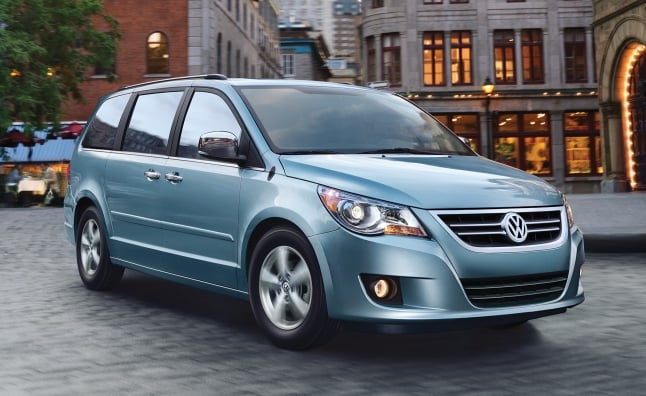






















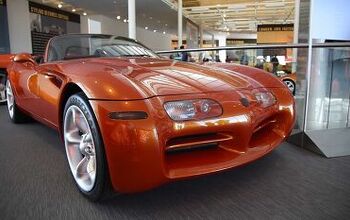


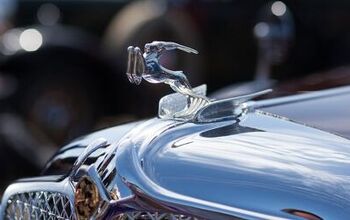


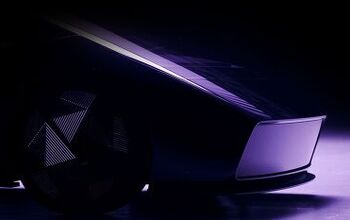
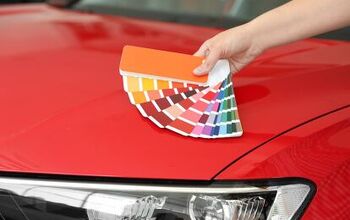
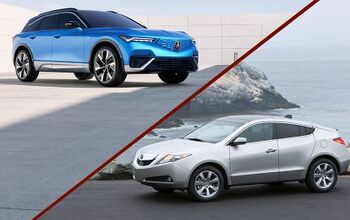
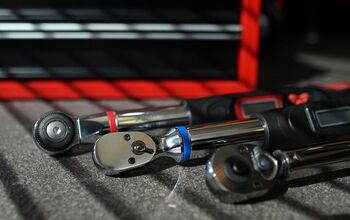
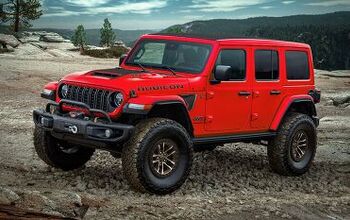


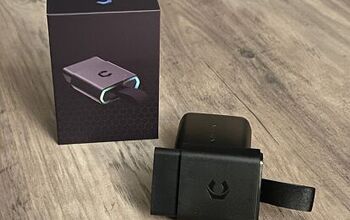
Comments
Join the conversation
1984-1988ish Chevrolet Nova was a rebadged JDM Toyota Sprinter Sedan of the same years with some minor front end restyling! That way the US market could receive some LHD Toyota Sprinter's and the Canadian market as well.
I blame Republicans for limiting imports on cars in the US, Canada and other markets. If they didn't limit imports, the US might have had a Tercel notchback 4wd sedan, Corsa notchback 4wd sedan and some others! Republicans are the ones who limit imports anyway! I blame them for that!